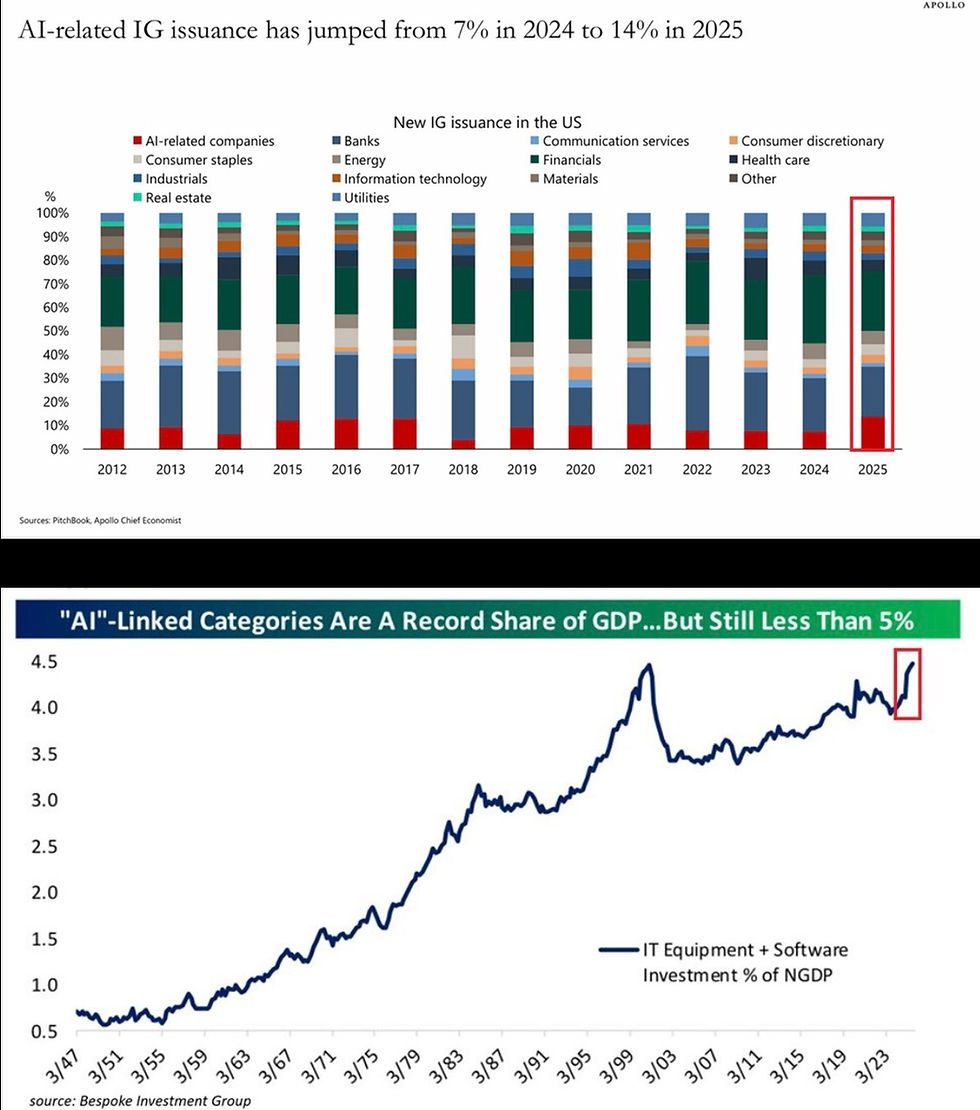Bubble talk
- Gustavo A Cano, CFA, FRM

- Aug 25, 2025
- 1 min read
At the height of the bubble in 1989, prime Tokyo real estate, including the area around the Imperial Palace, reached land prices of up to $139,000 per square foot. This was approximately 350 times higher than comparable prime property prices in Manhattan, where land or property values were typically in the range of $300–$500 per square foot for high-end sales. The Imperial Palace grounds alone (spanning about 3.4 square kilometers or 1.31 square miles) were valued at more than the total real estate value of the entire state of California, which exceeded Manhattan’s total land value by a wide margin (Manhattan’s estimated total land value in 1989 was around $100–$200 billion. That was a bubble that popped that year, and send the Japanese real estate and equity markets down for decades. Now take a look at he chart below: the market cap of NVDA, is just $1Tn less than the entire Japanese stock market (or 80% of the total), which is the second largest one one behind the US. There should be some type of adjustment: either the rest of the stocks grow up to the hype, or the bubble burst. NVDA, like the imperial palace, will likely exist in 20-50 years, the question is what valuation does it need to have to normalize. And since it also represents 8.5% of the U.S. stock market, what’s going to be the impact on the U.S. market.
Want to know more? You can find all our posts at https://www.myfundamental.net/insights
#iamfundamental #soyfundamental #wealthmanagement #familyoffice #financialadvisor #financialplanning #policymistake #ratecut #stagflation










Comments